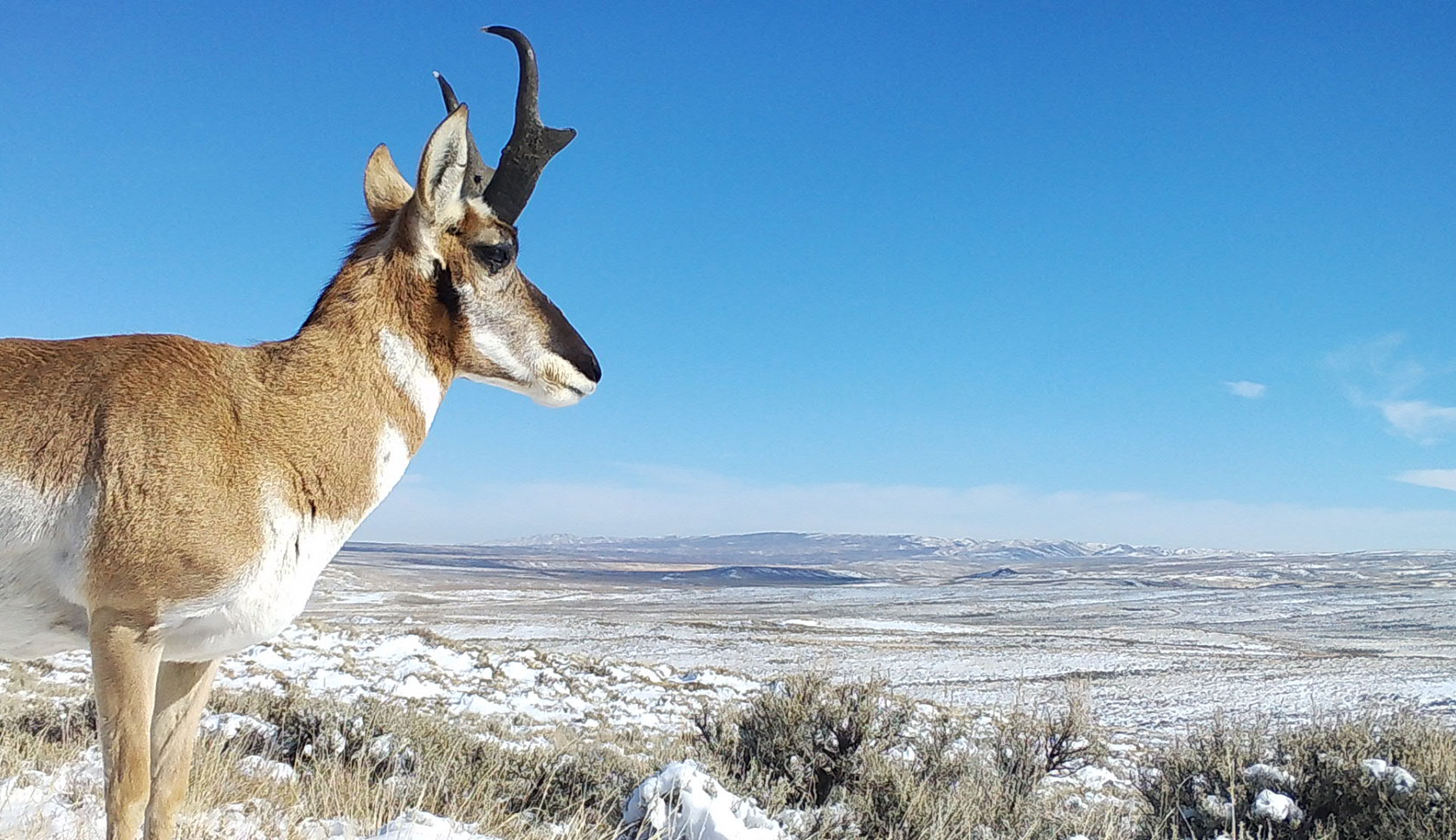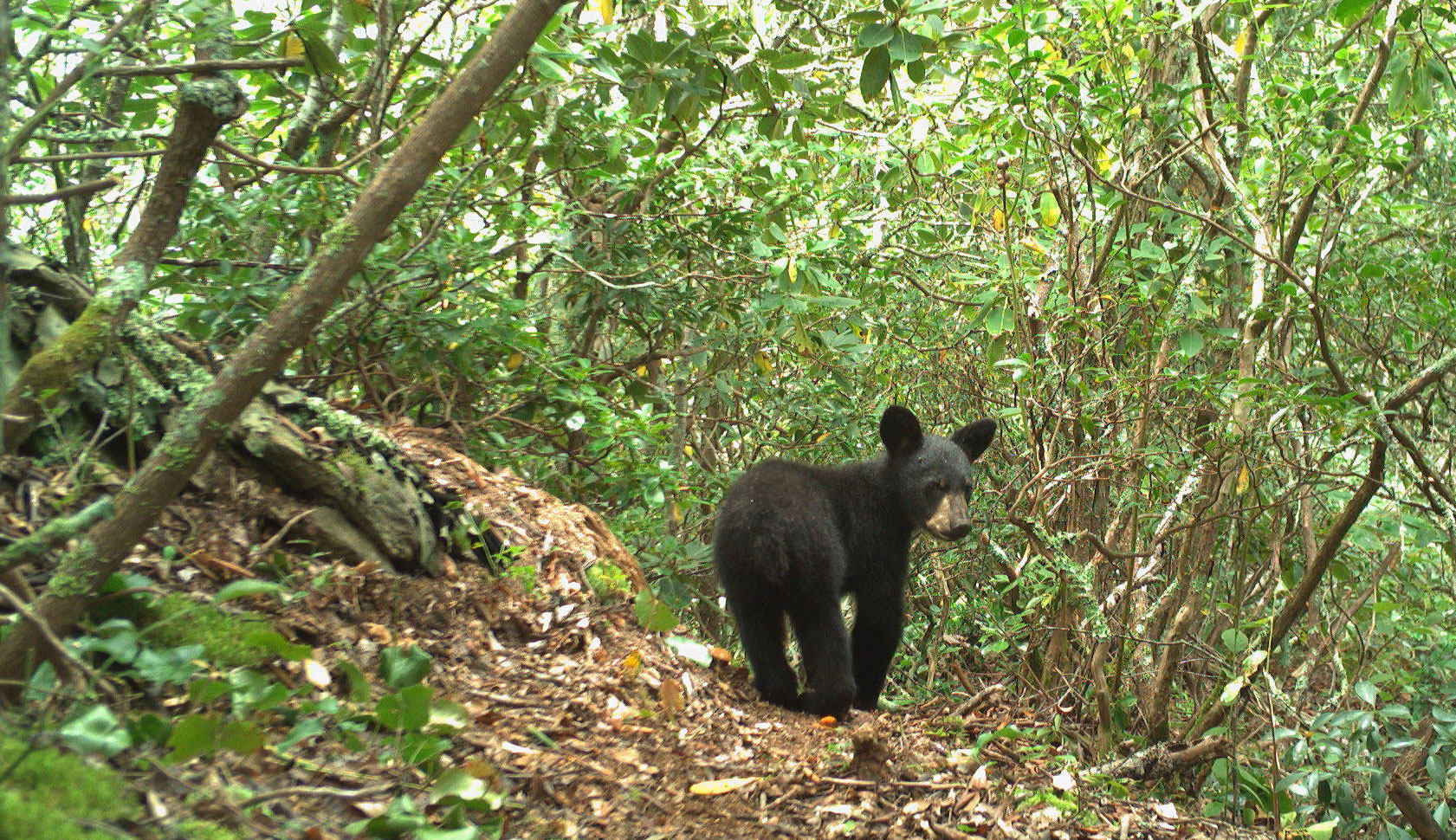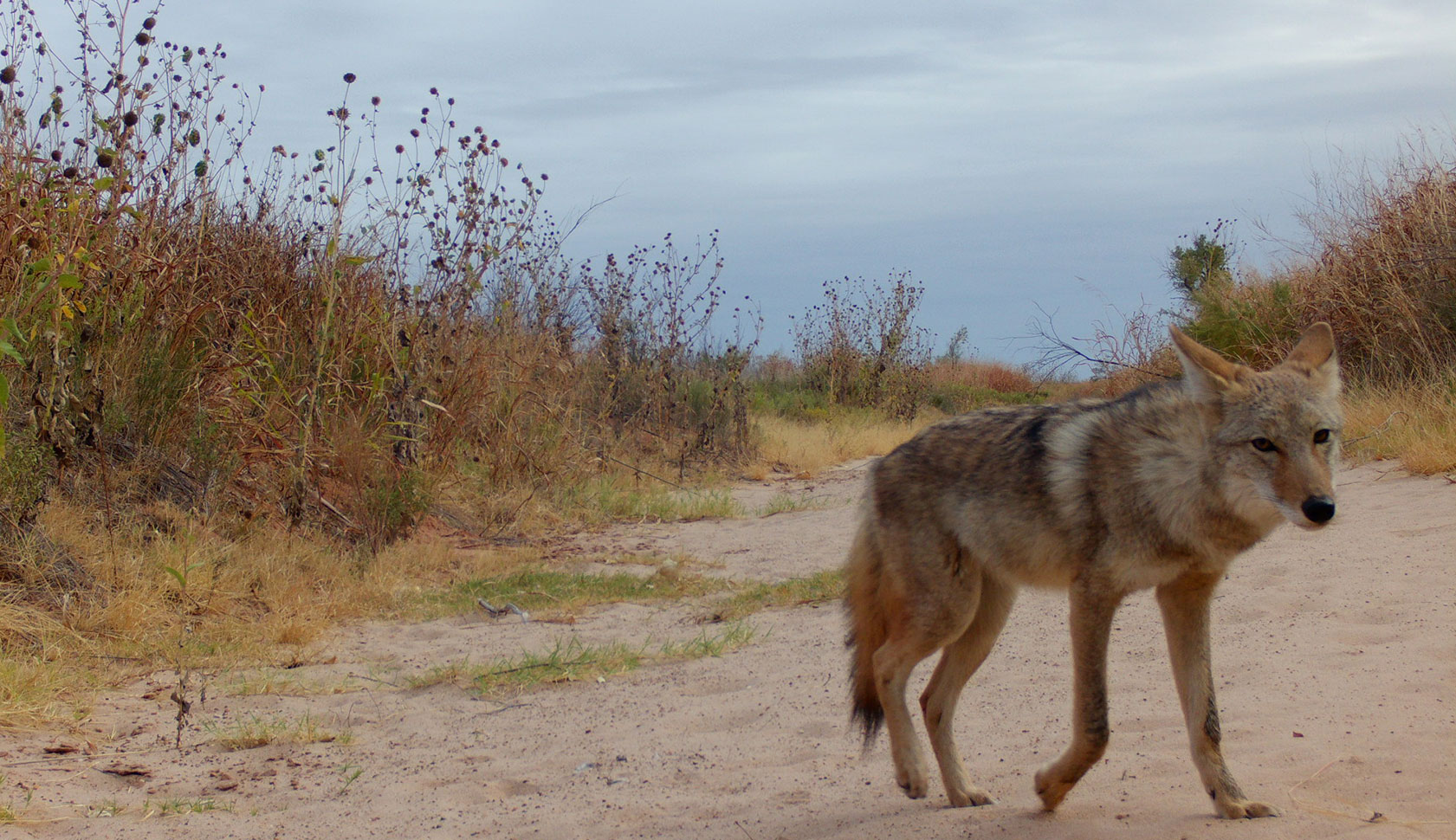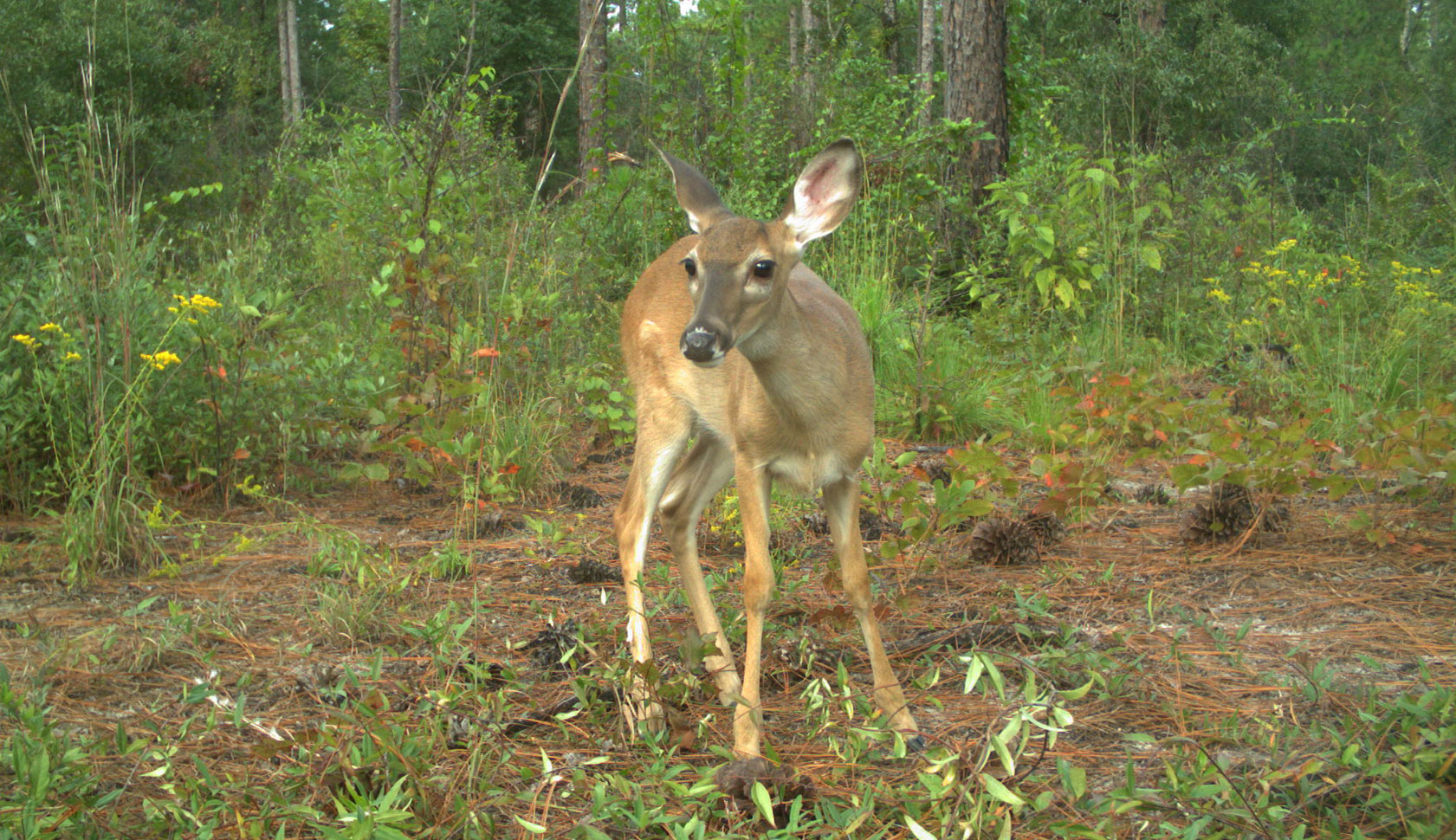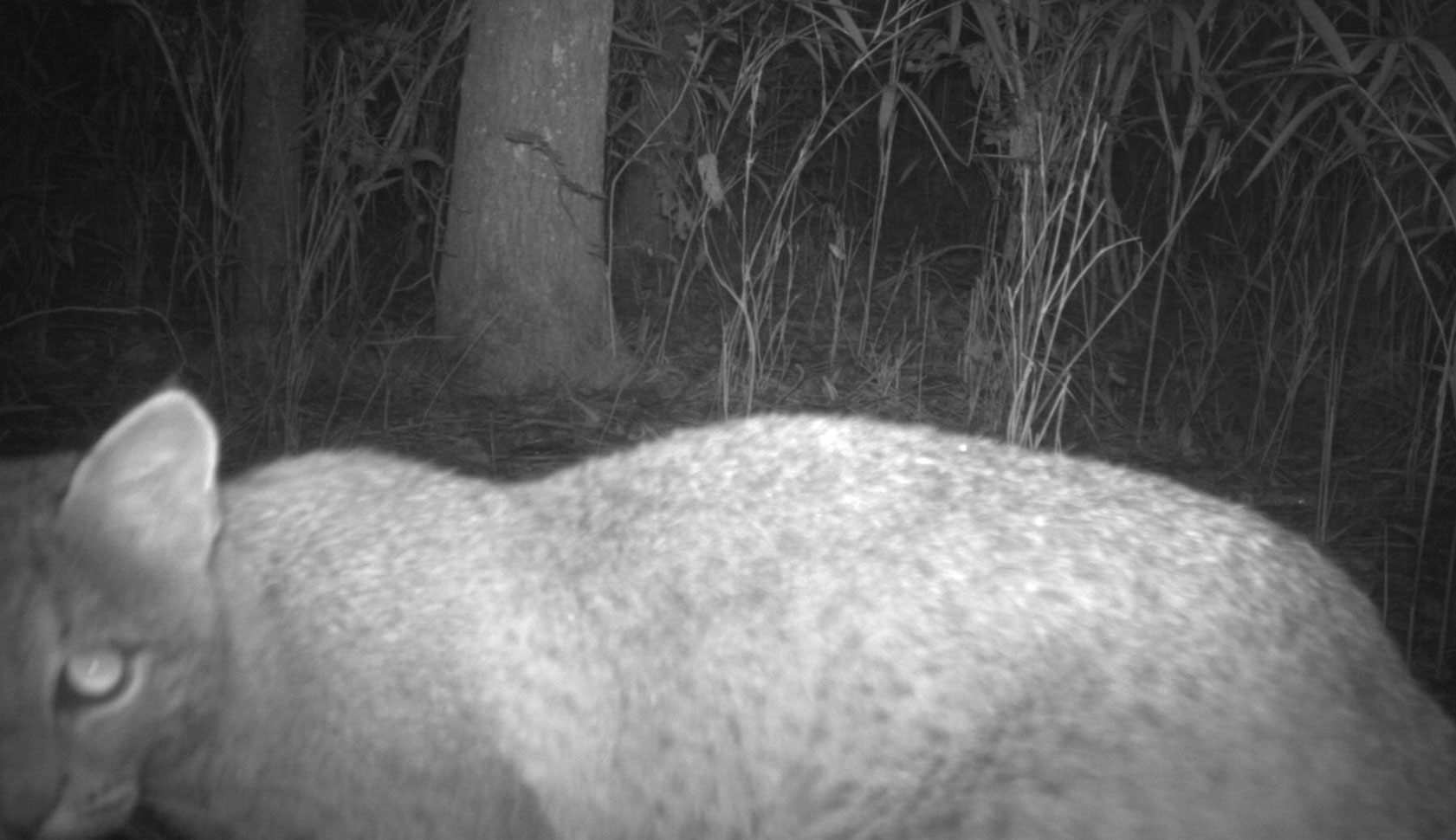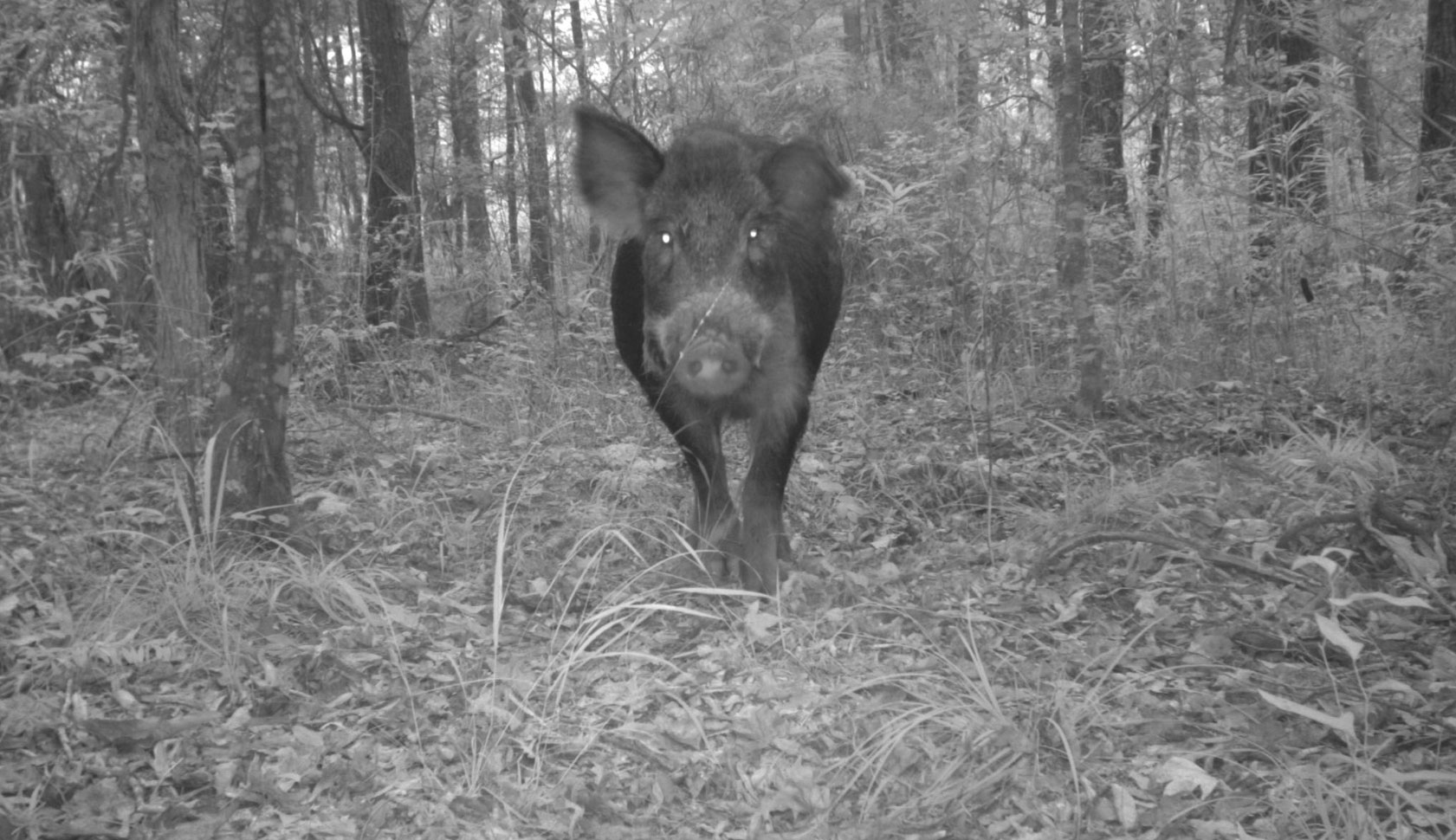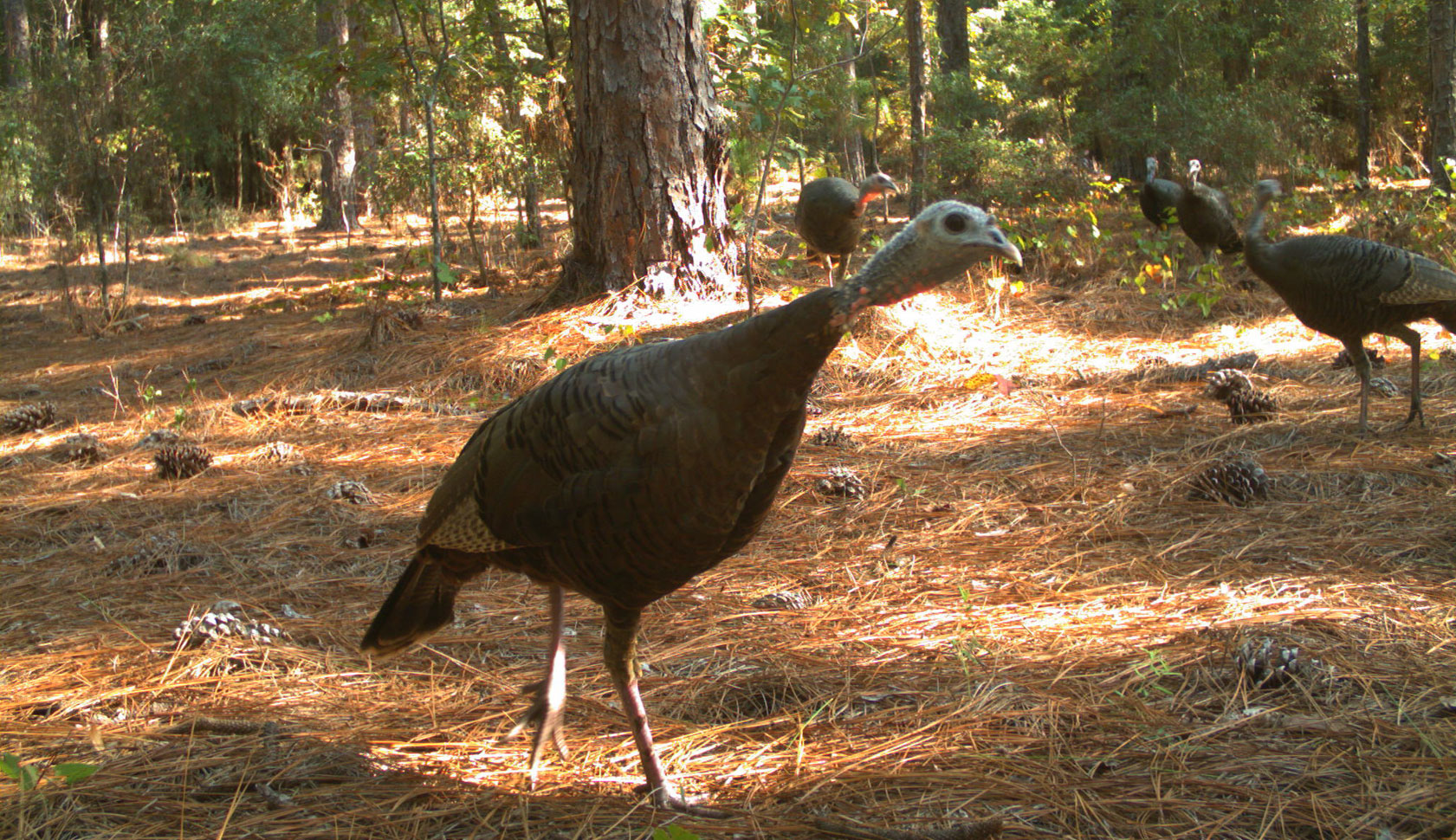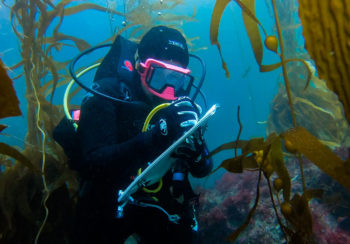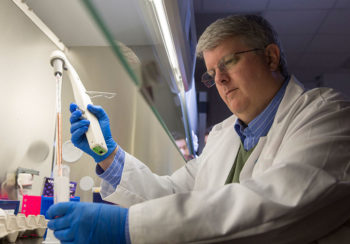Most animals tend to run or hide when they encounter humans, making them difficult to observe up close. Motion-activated game cameras, or “camera traps,” are a way to capture images of wildlife behaving normally in their natural habitat, unaware that they are being watched. Think of it as Candid Camera for animals.
Snapshot USA is the first crowd-sourced database that stores photos of mammalian wildlife taken by camera traps in the U.S. The photos are useful for both researchers who want to understand the range and behavior of wildlife species and the public who are curious about what types of mammals live in the U.S.
UGA researchers were part of this large-scale collaborative effort to gather data on diversity and distribution of mammals. For 14 weeks in the fall of 2019 and 2020, contributors across all 50 states and the District of Columbia participated in data collection by setting up camera traps in their study sites.
“It was really cool how many people were contributing data,” said Helen Bontrager, a master’s student in the Warnell School of Forestry and Natural Resources. Bontrager helped her advisor, James Beasley, set up camera traps at the Savannah River Site in Aiken, South Carolina, for Snapshot USA. Beasley is an associate professor at Warnell and the Savannah River Ecology Laboratory.
The data gathered by Snapshot USA will help researchers answer questions about wildlife species diversity and distribution at a large scale and detect changes as they take place. “The rate of global change is accelerating, and we need more robust species-monitoring programs in near real time to track how biodiversity responds to these changes,” said Michael Cove, curator of mammalogy at the North Carolina Museum of Natural Sciences and lead author of the new paper based on the project.
In 2019, over 150 collaborators submitted 166,036 observations from 1,509 camera-trap sites to the database, documenting 83 species of mammals. White-tailed deer was the most detected species, with 41,126 total encounters.
The Snapshot USA project is still ongoing, and Cove hopes to recruit more collaborators and expand the effort in the future. “The goal is to monitor yearly across as many sites as possible moving forward.”
List of photos and contributors
Photo 1/8: Jesse Alston, postdoctoral researcher at the Center for Advanced Systems Understanding, Görlitz, Germany.
Photo 2/8: Hila Shamon, landscape ecologist at the Conservation Ecology Center, Smithsonian Conservation Biology Institute.
Photo 3/8: Zachary Farris, assistant professor at Appalachian State University.
Photo 4/8: Caroline Ellison is assistant area manager for Matador Wildlife Management Area, based in Cottle County, Texas.
Photos 5/8 – 8/8: James Beasley, associate professor at the Warnell School of Forestry and Natural Resources and the Savannah River Ecology Laboratory, University of Georgia.



